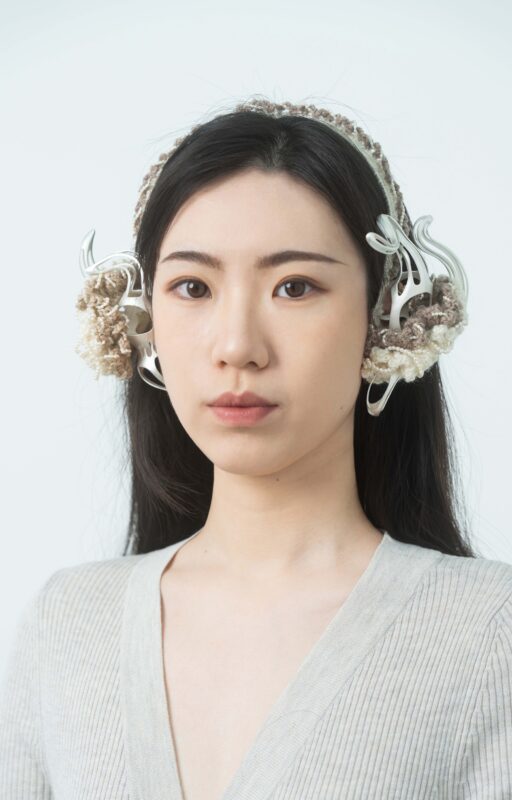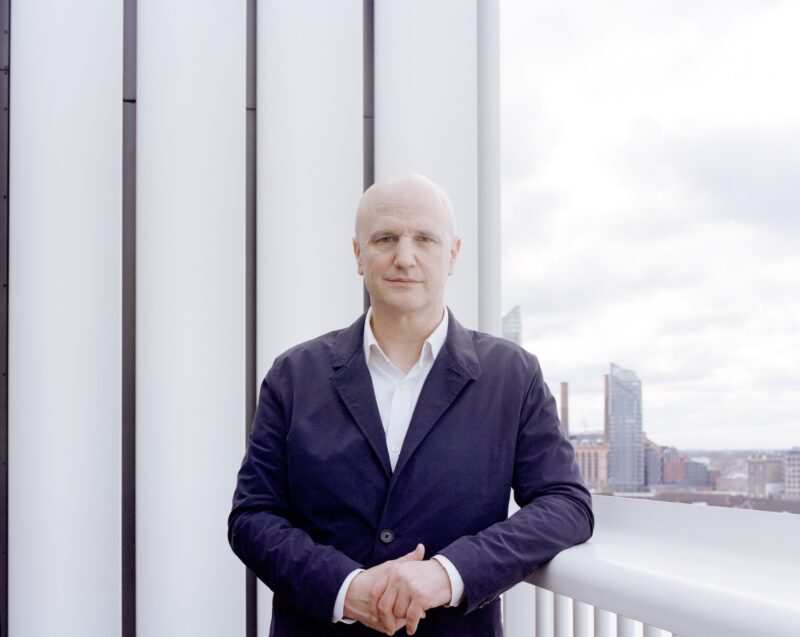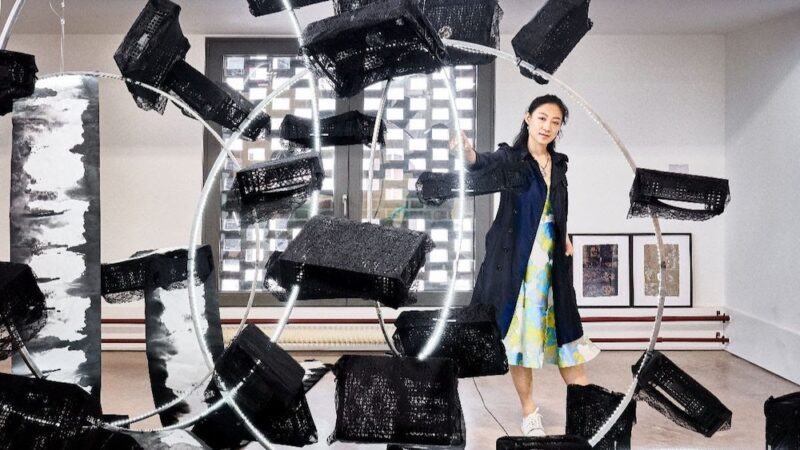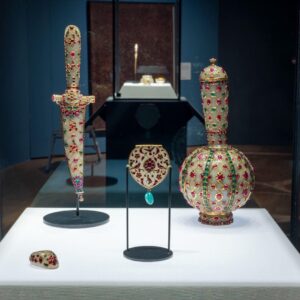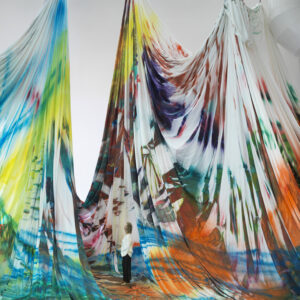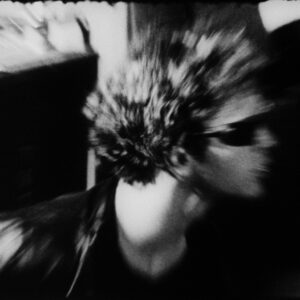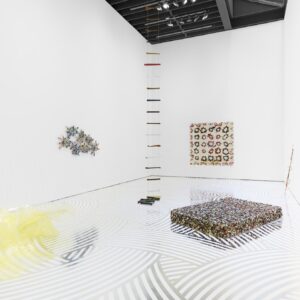Yan Xie (AA) currently lives and works in London as a curator focused on the new generation of artists. After four years of experience in museums, galleries, and auction houses in China, and after earning a BA in Art Management, she moved to London to begin a new phase in her art career. While studying and conducting research at the Royal College of Art, she developed an interest in socially engaged art practices, particularly through her graduate project.

“For us, to share” is a co-curate public programme of the Royal College of Art Curating Contemporary Art graduate project in partnership with Southwark Park Galleries. The project, through almost one-year planning, preparation and engagement, explores ideas of home via food, spice, and the in-between space of translation with refugees, migrants, asylum seekers and residents from the Bosco Centre in Rotherhithe. This project exemplifies the power of personal narratives and communal storytelling. The curatorial collective, including Yan Xie, has done a commendable job in bringing this unique experience to life. The use of food, recipes, and stories as mediums of expression is both innovative and deeply personal, allowing participants to connect with their heritage and share their experiences in an intimate and meaningful way.

My focus is on participatory art because traditional exhibitions, with their rigid display methods and obscure concepts, fail to educate and enlighten the public. To break down the threshold between the audience and the arts while transforming the exhibition ecology became the dynamic in my practice
says Xie.
Xie continuously follows her artistic interests and has curated two feminist exhibitions in London, United Kingdom, and Shanghai, China in 2022 and 2023.
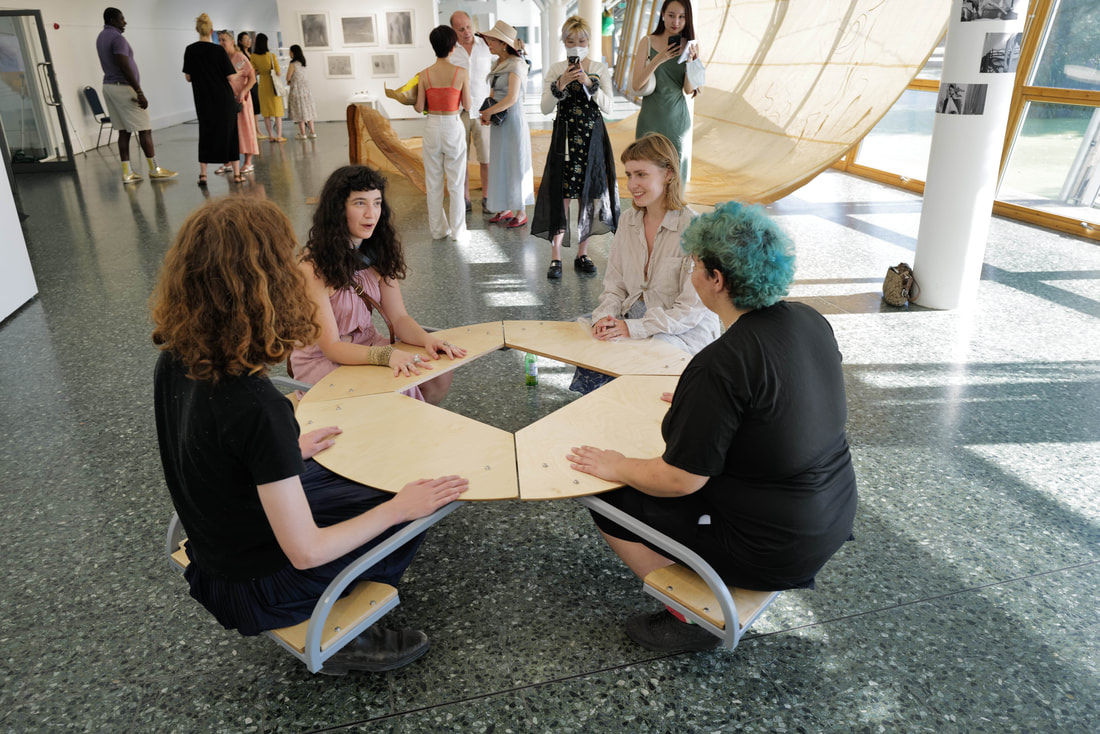
One of the feminist exhibitions, “Omitted References” at the Art Pavilion, Mile End Park, uniquely explored the overlooked contributions of women and minorities in history. Integrating eco-feminism and post-human feminism perspectives fostering dialogue on gender equality and environmental issues. Xie placed omitted voices at the centre, questioning the power relationship between humans and non-humans. Adri São Bento’s interactive sculpture Who Has a Seat at the Table? vividly echoes the theme. The work utilises participation to symbolise inclusion and exclusion, emphasising historical exclusion from decision-making spaces. By selecting this artwork, Yan Xie looks to challenge existing power structures and advocate for inclusivity and equity.
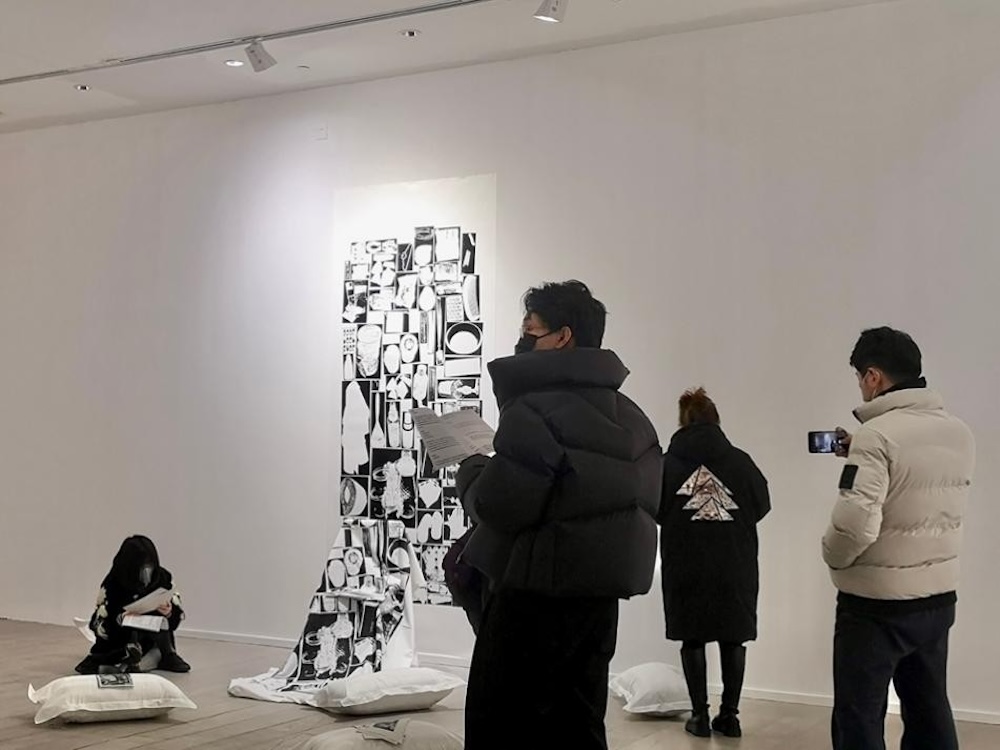
In the exhibition “Metamorphosis of Rhythm” at Himalayas Museum, Shanghai a study of Écriture Feminine, interpreted this discourse in a curatorial way. Most of the artists used non-linear narrative forms to reroute the collective experience outside of mainstream logic and to inspire the audience to recognise the current situation and predicament of women through more diverse paths. In order to advocate for people to break the limitations, Yan Xie also chose to exhibit three publications and experimental writing, which responded to the idea of the exhibition introduction that calls for a diversity of creation languages, and she aimed to bring some different voices into the traditional way of discourse.
Yan Xie’s dedication to participatory art is evident in her curation of exhibitions that challenge traditional boundaries. Her influence as a curator reaches far beyond the confines of art institutions, inspiring meaningful dialogue and societal change. As she continues to challenge conventions and amplify diverse voices, her contributions to the art world are sure to resonate for years to come.
